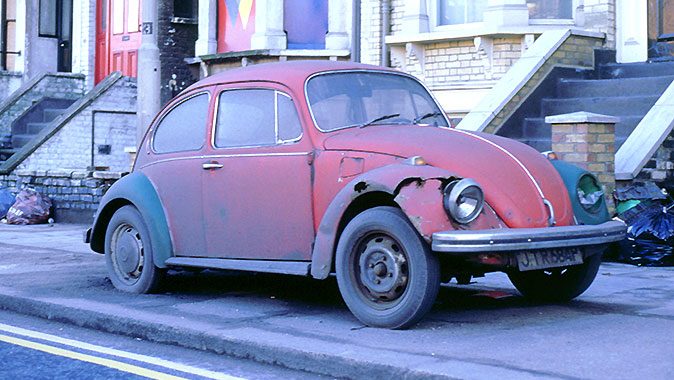It’s a truism to say that membrane filtration systems are prone to fouling. It’s the Achilles heel of the industry. The result is that fouling will impact either flux/capacity, or integrity/life, or both. In my early days in the membrane industry as the technical director of a small OEM, troubleshooting was both mystifying and stressful. Mystifying since membranes can have a lot of different fouling problems, and stressful since the buck stopped with me and solving problems can be a lot more expensive that designing them out in the first place.
Nowadays, as an independent, I have a different perspective since problems are interesting and potentially a source of income! In most cases, the problems have been experienced before. It’s a case of connecting the dots. A trouble-shooter relies on a good memory or a good filing system. Now that the membrane community has achieved so much application experience, few problems are new. It’s just a case of finding out where they have occurred, or for long standing practitioners, remembering where you saw a similar problem before.
A recent case was instructive, though it was a highly unusual problem. The operator was suffering from poor membrane integrity and yet the new products showed no signs of weakness. I noticed that he was dosing phosphoric acid, and recalled my first consultancy assignment back in 1980, while still at University. It was nothing to do with membranes but involved phosphoric acid manufacture. I can’t remember much about it, apart from the fact that phosphate salts are incredibly hard. I put this to good use at the time since, as was the case with nearly all graduate students in the UK, my car – a VW Beetle was prone to rust, and commercially available rust treatments were more or less useless. I prepared my own 50% phosphoric acid solution in isopropanol in the lab, and never looked back. It would probably be highly illegal now, and maybe was then, but it solved my problem.
It was that result that lodged in my brain. When I noticed that phosphoric acid was being dosed by the operator before the UF into a feed with a moderately high calcium ion concentration, I thought that highly abrasive calcium phosphate might be the culprit, and so it proved.
Trouble-shooting is about using experience and drawing parallels. Only occasionally do you need to work out the cause from first principles. If timely, appointing a trouble-shooter can be a very cost effective way of improving the value of the asset, and hopefully avoids resort to legal remedies.

